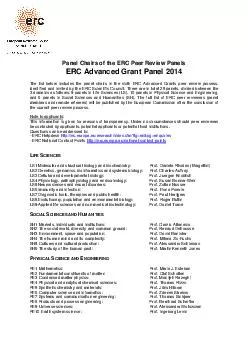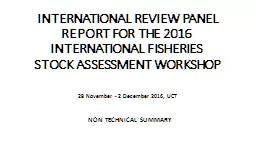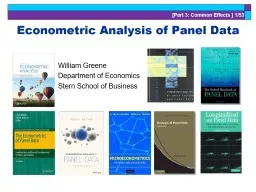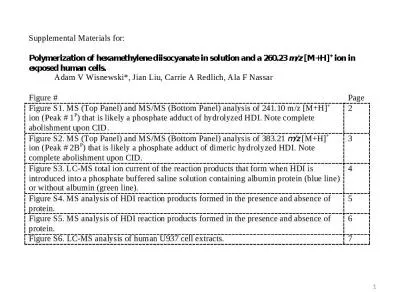PPT-Panel data analysis
Author : tatyana-admore | Published Date : 2017-09-04
Esman M Nyamongo Central Bank of Kenya Econometrics Course organized by the COMESA Monetary Institute CMI on 211 June 2014 KSMS Nairobi Kenya 1 Dynamic panel estimation
Presentation Embed Code
Download Presentation
Download Presentation The PPT/PDF document "Panel data analysis" is the property of its rightful owner. Permission is granted to download and print the materials on this website for personal, non-commercial use only, and to display it on your personal computer provided you do not modify the materials and that you retain all copyright notices contained in the materials. By downloading content from our website, you accept the terms of this agreement.
Panel data analysis: Transcript
Download Rules Of Document
"Panel data analysis"The content belongs to its owner. You may download and print it for personal use, without modification, and keep all copyright notices. By downloading, you agree to these terms.
Related Documents














